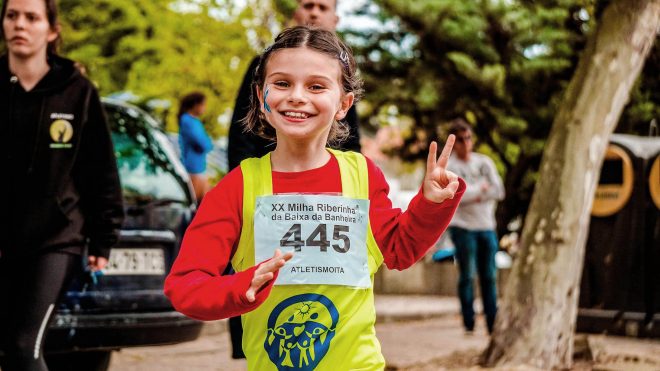
Vital@2040
The aim of Vital@2040 is to increase physical activity among groups of children with lower physical activity rates, by contributing to the development and evaluation of interventions.
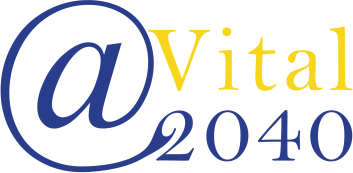
Introduction
The Vital Generation 2040 project (Vital@2040) is a joint and multidisciplinary research project of:
- Utrecht University
- Eindhoven University of Technology
- The Julius Center / University Medical Center Utrecht
- Wageningen University & Research
Two research lines are conducted within the Vital@2040-team:
- ClubVital@2040 – increasing club-organized sports participation by children with low family affluence
- MobileVital@2040 (mVital@2040) – the role of mobile apps to promote physical activity in the neighborhood
Stay updated
Stay updated about the latest Vital@2040 results and project updates via Vitality Academy’s LinkedIn account.
ClubVital@2040
Aims ClubVital@2040
The first aim of ClubVital@2040 is to examine parental and professional hindering and supporting influences on facilitating club-organized sports participation for children, including on acquiring financial support for children’s sports participation. The study was completed in April 2022.
The second aim is to build Living Labs with local stakeholders in order to develop and evaluate interventions. The aforementioned study serves a starting point for intervention development and opportunities for collaborations. This activity is ongoing at this moment.
Output and activities ClubVital@2040
- Factsheet (Dutch): Sporten door kinderen: Wat helpt opvoeders met weinig leefgeld?
- Factsheet (Dutch): Het organiseren van financiële steun voor sporten bij een club door kinderen uit gezinnen met weinig leefgeld
- Factsheet (Dutch): Waarom sporten kinderen uit gezinnen met weinig leefgeld minder vaak bij een club? Een literatuurstudie.
- Factsheet (Dutch): Het betrekken van opvoeders en kinderen met weinig leefgeld bij onderzoek.
- Meetings with stakeholders from Utrecht to develop a Living Lab and to draw up an intervention plan.
- Video news item (Dutch) about a Brunch-session in with the results of the interview study were presented and discussed with stakeholders from Utrecht
- Animation (Dutch) describing the results of the interview study (also available with Arabic and Dutch subtitles)
Scientific publications and presentations ClubVital@2040
- Facilitating Children’s Club-Organized Sports Participation: Person–Environment Misfits Experienced by Parents from Low-Income Families (link to open access publication)
- Acquiring Financial Support for Children’s Sports Participation: Co-Creating a Socially Safe Environment for Parents from Low-Income Families (link to open access publication)
- Understanding parents’ and professionals’ experiences with organizing financial support for children’s club-organized sports participation (manuscript in preparation)
- Sport participation by low SES children: a scoping review (manuscript in preparation)
- Scrutinizing policy makers’ assumptions on financial support for children’s club-organized sports participation (manuscript in preparation)
Questions ClubVital@2040
Please contact Dr. Lonneke van Leeuwen
Financial support ClubVital@2040
ClubVital@2040 is funded by the strategic alliance of Technical University Eindhoven, Wageningen University and Research, University Medical Center Utrecht and Utrecht University (UU) (EWUU), by Sport & Society Seed Money (UU) and by Strategic Theme Dynamics of Youth (UU).
MobileVital@2040
Aims mVital@2040
The overall aim of mVital@2040 is to investigate the role of mHealth that aims to promote informal physical activity in the neighborhood among youth (10-14 years old), living in low income neighborhoods.
The first objective is to investigate how mHealth interventions that aim to promote informal physical activity among youth (10-14 years old) in low-income neighborhoods can be structurally implemented for youth and intermediaries in the neighborhood setting.
The second objective is to investigate how a mHealth intervention that aims to promote informal physical activity in the neighborhood can be further designed for youth (10-14 years old) living in low income neighborhoods and intermediaries in an engaging way.
Output and activities mVital@2040
mVital@2040 data collection started in 2022.
Scientific publications and presentations mVital@2040
Design features associated with engagement in mHealth physical activity interventions among youth: A systematic review of qualitative and quantitative studies (manuscript in preparation)
Questions mVital@2040
Please contact Dr. Ayla Schwarz.
Financial support mVital@2040
mVital@2040 is funded by the Wageningen University & Research.
Vital@2040 Characteristics

Multi-and trans disciplinary
The researchers each have their own perspective on the research question and combine their knowledge. They work together with various organizations and individuals in practice.

Living lab methodology
The research will take place in a ‘living laboratory’, which means that the researchers observe and analyze practices in three neighborhoods in the Netherlands.

Local collaboration
The researchers work together with the target group, parents and relevant local professionals in the living labs on (further) intervention development. The researchers contribute knowledge from their research perspective (see below) and from their experience with intervention development.

Evaluation of interventions
The researchers evaluate the (further) intervention development.Depending on the stage of intervention, this may include a feasibility evaluation, a process evaluation or an effect evaluation.
Four perspectives
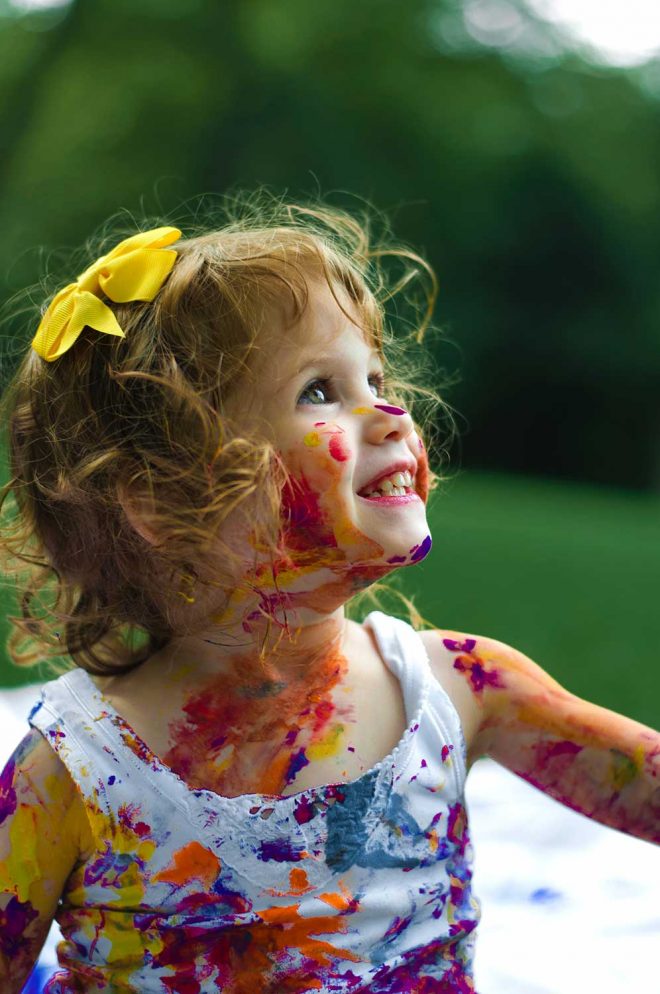
Psychosocial
Within the psychosocial perspective, it is investigated which psychosocial factors within children and their parents are related to (a lack of) physical activity.
Examples of psychosocial factors are skills, perceived confidence, outcome expectations, perceived barriers and norms. Influencing the relevant psychosocial factors in favor of physical activity can then be the goal of one or more interventions as well as the focus of evaluations.

Researcher
Dr. Lonneke van Leeuwen
g.b.vanleeuwen-4@umcutrecht.nl
Affiliated with the Public Health team of Julius Center, University Medical Center Utrecht.

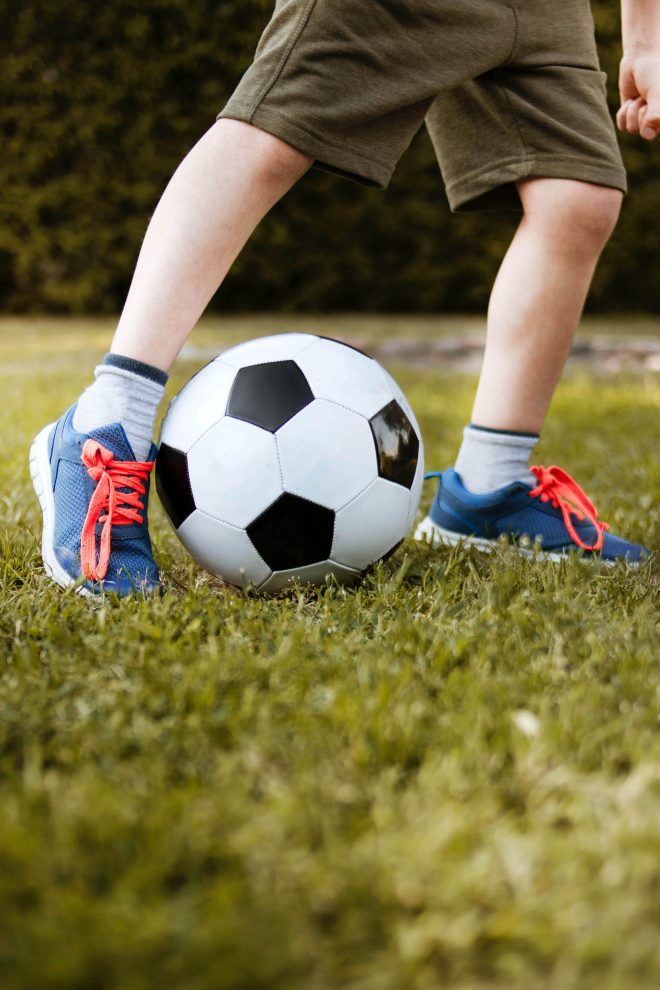
Institutional
The institutional perspective investigates how policies and organizational arrangements shape the context for increasing physical activity.
For example and in relation to ClubVital2040, Dutch parents of low-income families are entitled to apply for financial support for their children to participate in club-organized sport, these children are underrepresented at clubs.
Could it be that solutions offered by current policies do not match with the needs of parents? Or that the way financial support is organized hinders parents in applying? Suggestions for adjusting policy and organizational arrangements are based on the research outcomes.

Researcher
Dr. Anne Annink
s.m.annink@uu.nl
Affiliated with the Faculty of Public Administration and Organizational Science, Utrecht University

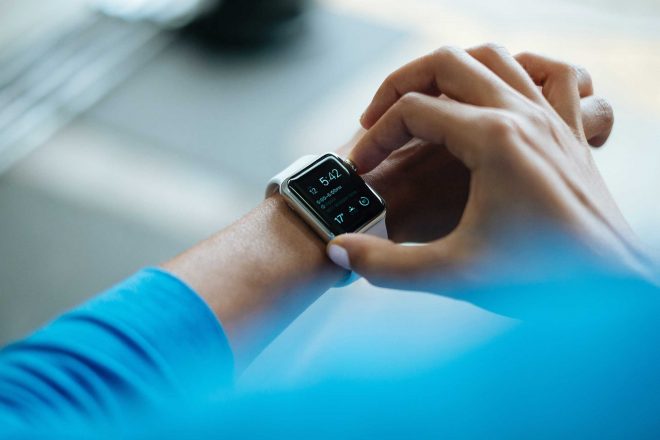
Socio-technical
The socio-technical perspective examines how we can organize the social and physical space in such a way that a physically active lifestyle is tempting for all children.
Technical developments can (unconsciously) stimulate physical activity.
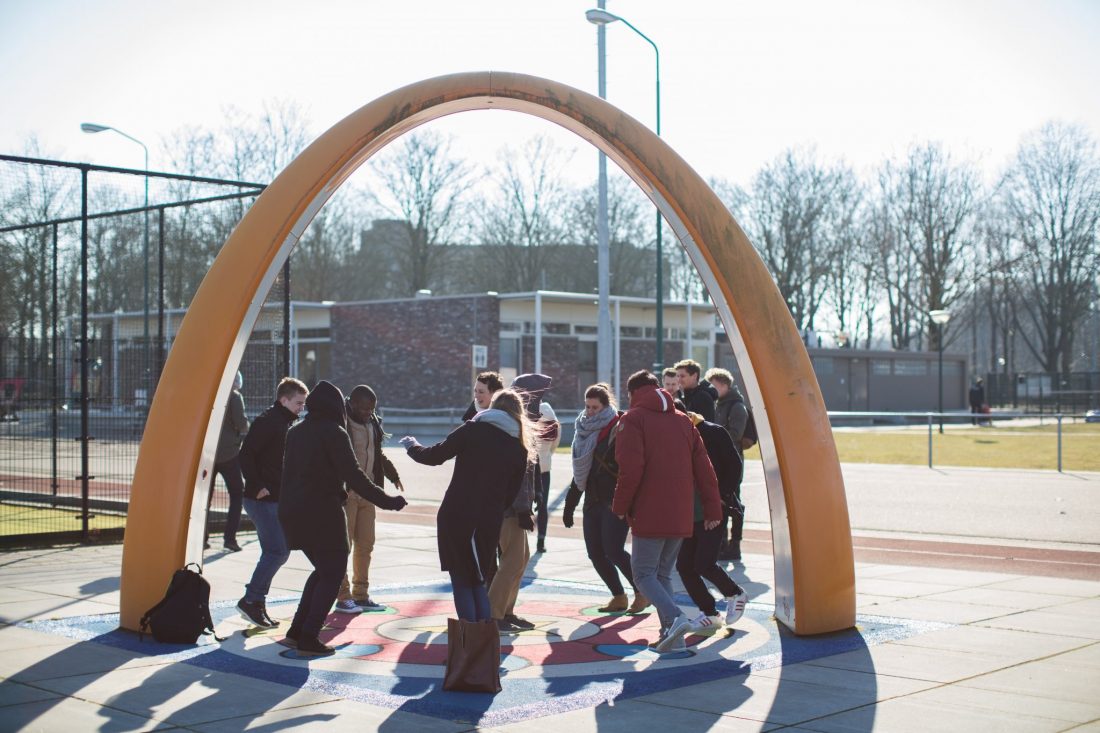
Behavior change
The digital behavior change perspective focuses on how health behavior change can be facilitated via digital technologies and how engagement in these technologies contributes to long-term behavior change. The interaction between the target group and the social and physical environment is central and the aim of behavior change is combined with the use of technology. In the project mVital@2040 we focus on mobile technology (e.g. mobile health apps, mobile games) that aim to promote informal physical activity among youth in vulnerable positions.
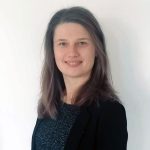
Researcher
Dr. Ayla Schwarz
ayla.schwarz@wur.nl
Affiliated with Department of Social Sciences, Wageningen University & Research

News and updates
For updates and news on Vital@2040, please check out the Vitality Academy LinkedIn page.
